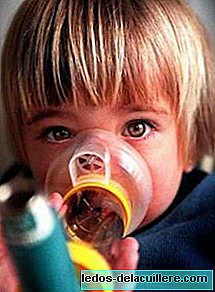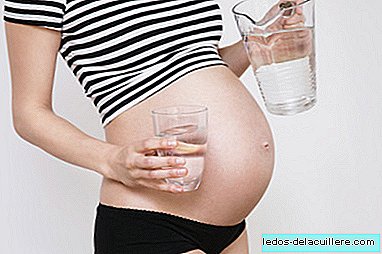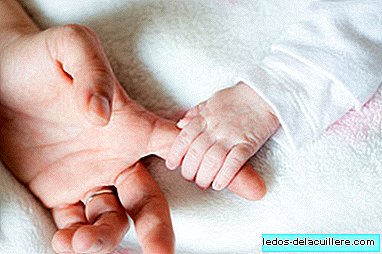
This is the conclusion that emerges from a population study conducted by the University of Bergen in Norway.
1.7 million births between 1967 and 1998 were studied taking into account those children who until 18 years of age or until 2002 had developed severe asthma.
The risk of asthma in children born by caesarean section was 50 percent higher that those born by vaginal delivery (that is, for every 2 children born by vaginal delivery with severe asthma, there were 3 born by caesarean section who had also developed the disease).
Among the children born vaginally also found differences, since those who needed instruments (forceps or aspiration), had 19 percent more of disease incidence. When reading this data one can think that the period of births studied is very wide. Between 1967 and 1998 there are 31 years of margin and the type of childbirth assistance was probably quite different, so the data could be biased because there is more incidence of the disease in the years 60-70, when a less advanced attention.
To solve this, they also focused on data between 1988 and 1998 to draw new conclusions.
Vaginal deliveries with instruments raised the risk by 14 percent (compared to 19 percent of the total studied) and, comparing emergency caesarean sections with those scheduled, they saw that in the former the risk was 59 percent higher compared to to those born vaginally without instruments and 42 percent more in scheduled caesarean sections.
In summary, yes there is a relationship between caesarean section and asthma, although the causes, for the moment, are only hypotheses.
There are two possible causes as explained by Tollanes, director of the study.
One of them is that "Babies born by caesarean section are not exposed to maternal bacteria during childbirth, which influences the development of the immune system."
The other is that "Babies born by caesarean section suffer more respiratory problems after childbirth because they are less exposed to stress hormones and chest compression, two mechanisms that help remove amniotic fluid from the lungs."
However, these two theories do not explain the variation in risk between scheduled and emergency caesarean sections. That is why we suspect other causes that should be studied in the future.
Via l MedLine Plus In Babies and more l Higher risks in babies born by caesarean section l Cesarean section increases the risk of complications in the following pregnancies l Babies born by caesarean section have a higher risk of life during the first month












